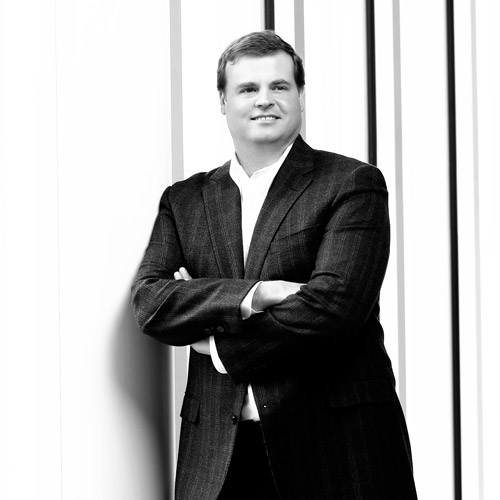A.M. Castle is a 125-year-old company that provides supply chain, processing, and metallurgy expertise to customers around the world. Even with such a long history and wealth of experience, in recent years global expansion has challenged the company, straining its infrastructure and making it difficult to merge the systems of several acquired companies. Marec Edgar, executive vice president, general counsel, secretary, and chief administrative officer, points out that there were numerous factors that contributed to A.M. Castle’s predicament. It ranged from being slow to adopt new technologies to management turnover and the challenges of blending corporate cultures to unanticipated fluctuations in end markets that negatively impacted newly acquired entities.
“There was an aggregate effect of different elements that ultimately contributed to our gradually losing ground,” Edgar says.
Restructure Technology and Corporate Governance
Upon his promotion to executive vice president in May 2015, Edgar became part of a new executive management team charged with directing A.M. Castle’s retooling, modernization, and restructuring. The primary initiatives that helped reinvigorate performance include upgrading, streamlining, and in some cases, implementing completely new technologies.
The initiatives responsible for driving A.M. Castle’s performance include:
- A single enterprise resource planning (ERP) system supports visibility into all business channels. The years-long process of moving the entire enterprise onto one ERP was completed in early 2015.
- A new e-commerce website enables customers to manage self-service quotes and orders.
- Enhanced contract management solutions provide insight into the company’s many high-volume relationships, especially those with large multinational manufacturers.
- Leveraging transportation and logistics solutions maximizes efficiency in routing and coverage.
- Manufacturing technology upgrades minimize waste, maximize productivity, and reduce inventory and customer costs.
- Monetizing certain non-core assets improves the company’s balance sheet and financial flexibility.
Edgar was also instrumental in creating what he calls a new “enhanced management structure.” This reduced the number of senior managers and also decentralized oversight at A.M. Castle’s branches. “Refocusing hands-on management at the local level is critical because each of our customers has unique requirements that demand direct attention,” Edgar says. “A centralized approach sounds good, but we need to stay closer to our customers than that allows. So we redistributed management responsibilities, empowered our new branch managers, and have become more agile, more responsive, and more accountable.”
Open Arms For Change
All of these changes and reorganization prompted some natural skepticism at first, but ultimately A.M. Castle employees were surprisingly receptive to its implementation. In fact, their primary focus appeared to be on restoring the company to its former stature and performance levels. Employees showed great enthusiasm, for example, for new marketing opportunities through the e-commerce website and being able to provide customers with real-time pricing by tapping into the ERP system. “The great thing is how willing our employees have been to use their knowledge, experience, expertise, and passion about the industry and our customers to embrace all of these new ways of doing business,” Edgar says.
He believes one of the key reasons for this kind of response was the great deal of attention paid to employee input throughout the revitalization and consolidation processes. Numerous town-hall meetings, conference calls, and surveys were completed to ensure that their voices were being heard. “When you talk about integration, technology improvements, and changes in business processes, the best thing to do is empower employees to bring their knowledge and expertise to bear on all of them,” Edgar says. “We don’t want them to feel ‘ruled over.’ We want an inclusive culture that encourages people to offer their suggestions and voice their needs.”
Creating A New Culture
As chief administrative officer, Edgar ensures his office nurtures the kind of culture the management team wants to see. That means building trust by acknowledging employees’ concerns and being as responsive as possible. Since human resources now falls under his jurisdiction, building trust can range from addressing policies related to restructuring to providing assistance logging on to the online benefits system.
“We come in every day as a team focused on making constant small gains and improving morale,” Edgar says. “It’s one employee, one call or meeting at a time. That’s how we show we want what’s best for the company and for them.”
Edgar commits to providing all the resources A.M. Castle employees need to do their jobs to the best of their abilities. This was evident when several new automation and support solutions had to be selected. He gathered staff opinions on what capabilities were required and let employees assess potential solutions to give them a voice in deciding which systems best suited their needs. “All these improvements have brought us to the precipice, and now we’re ready to relaunch ourselves,” Edgar says. “I think everyone will be impressed by what we can achieve.”















